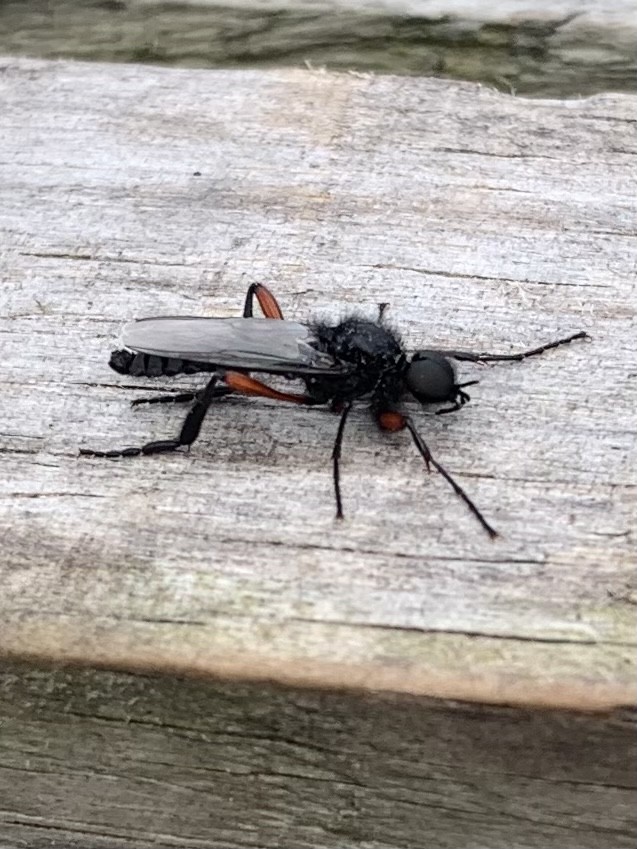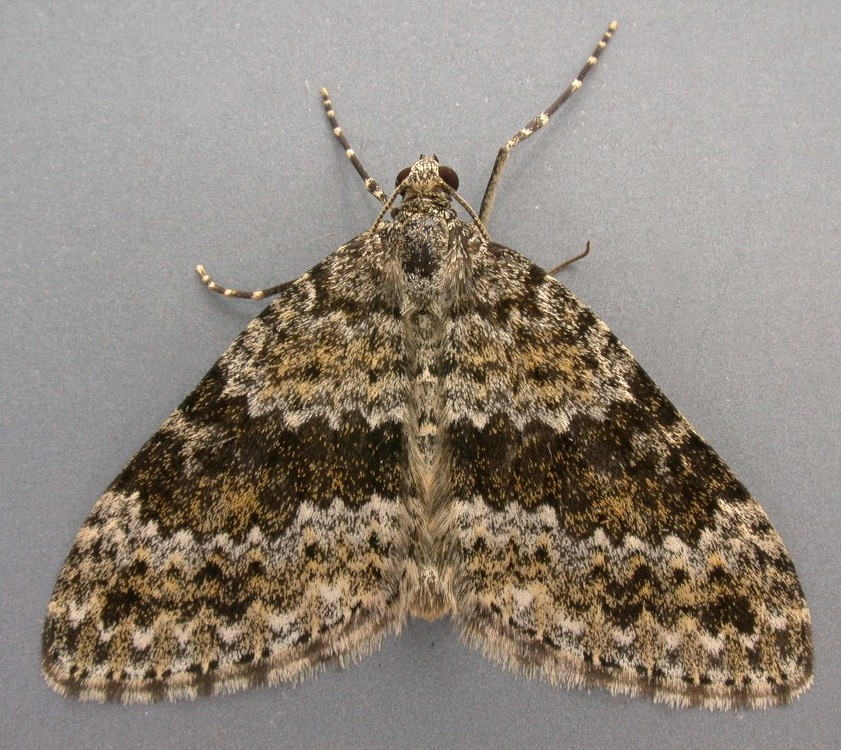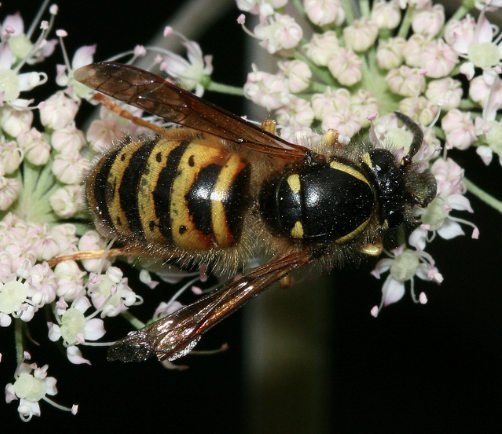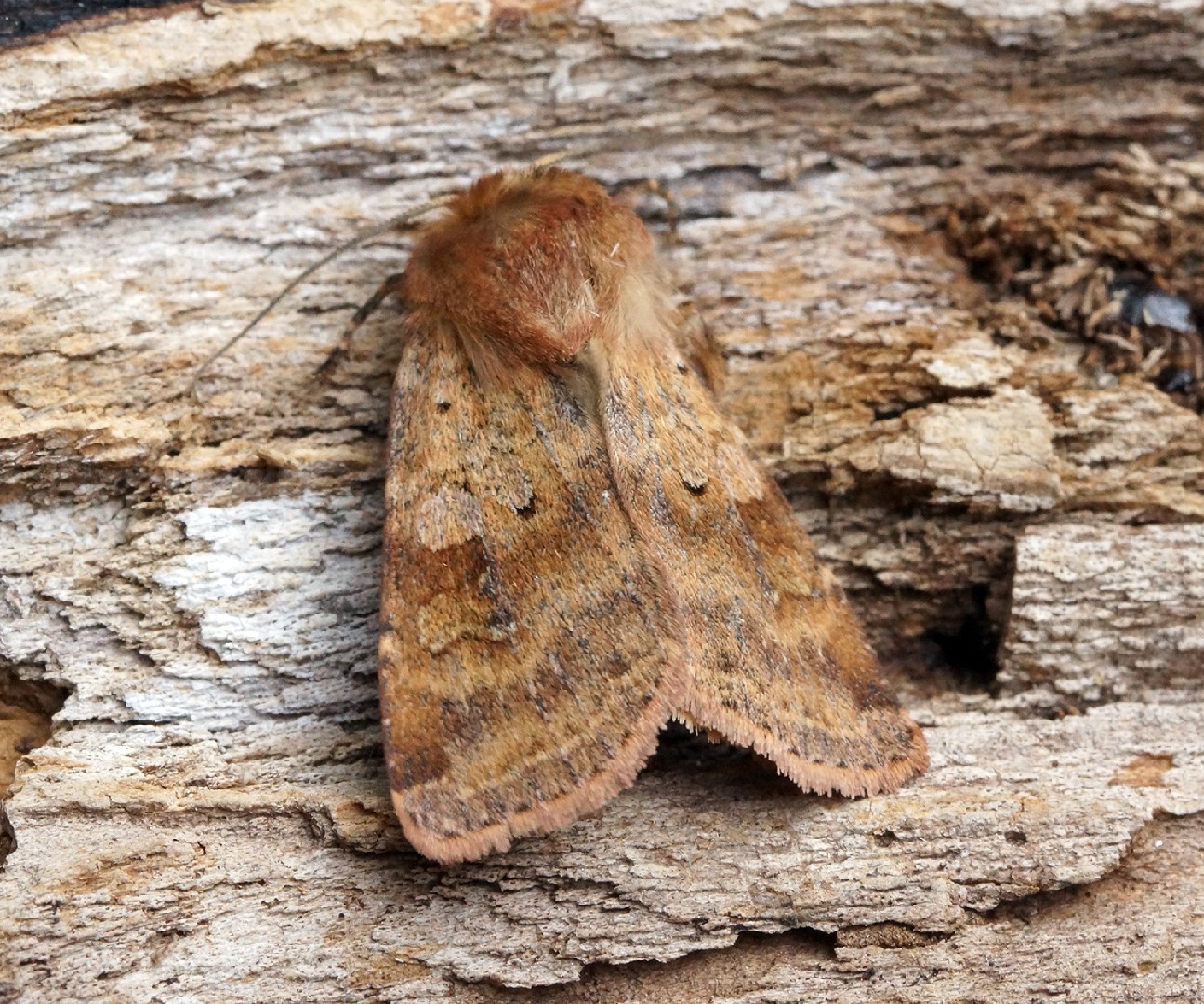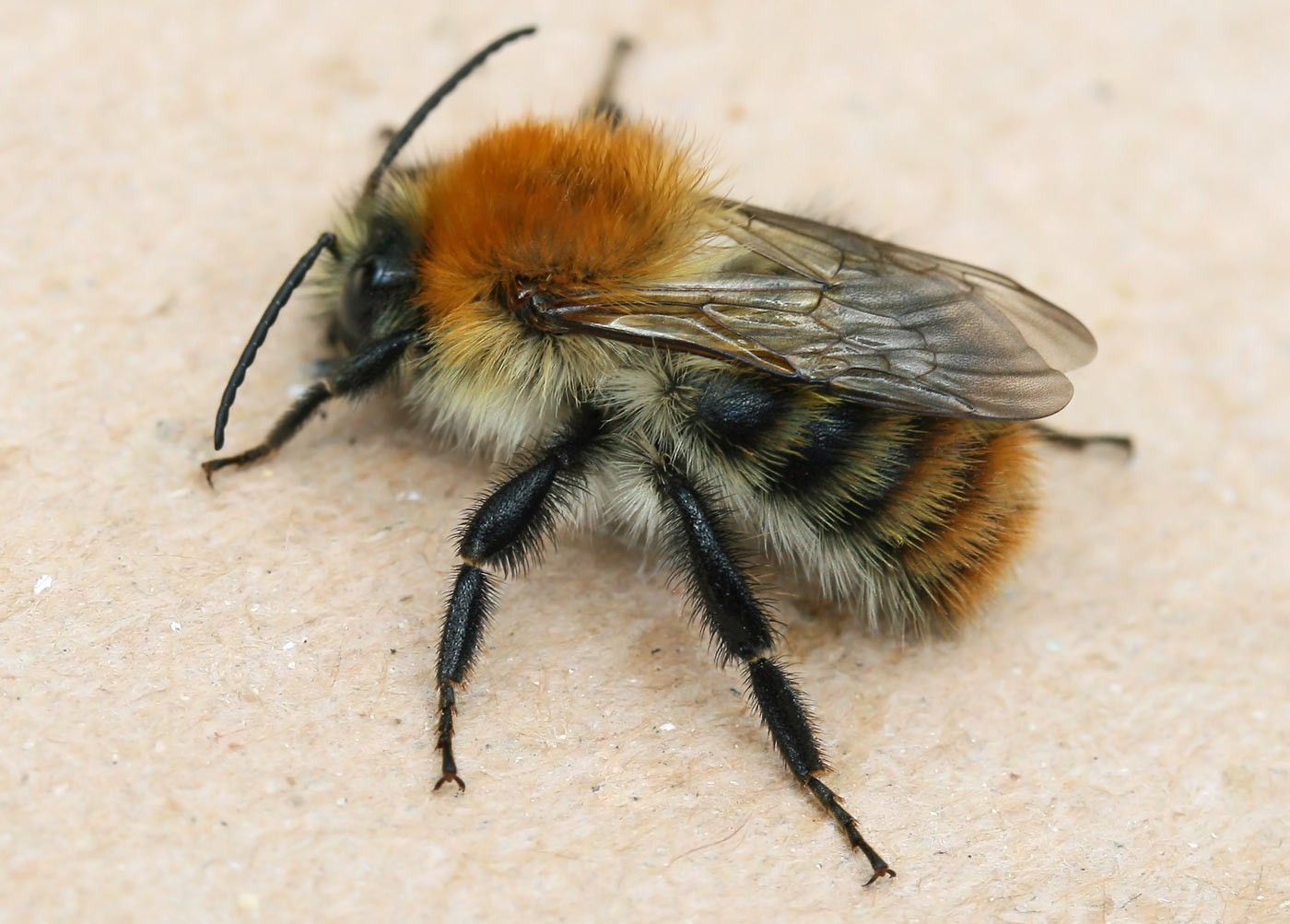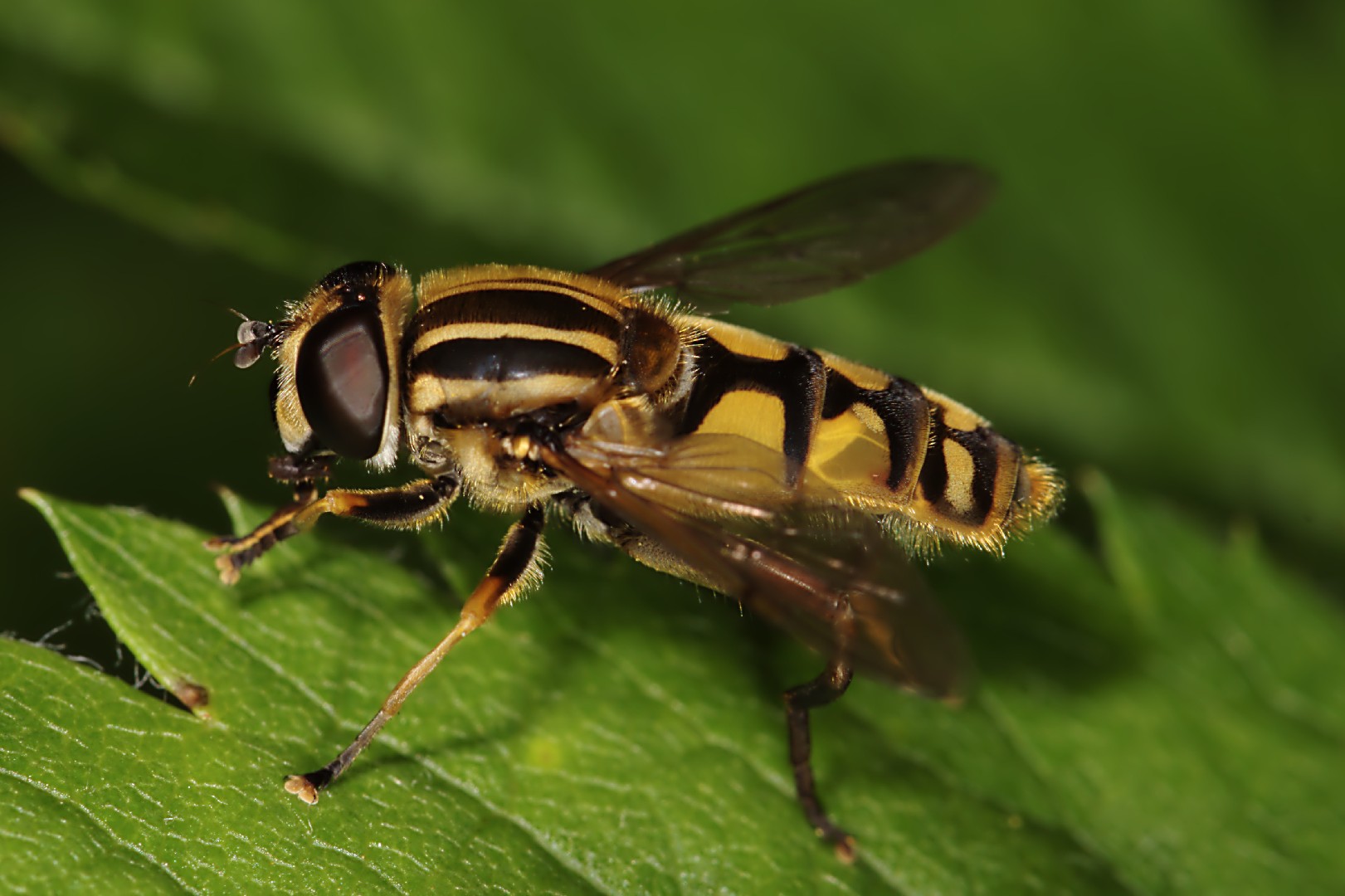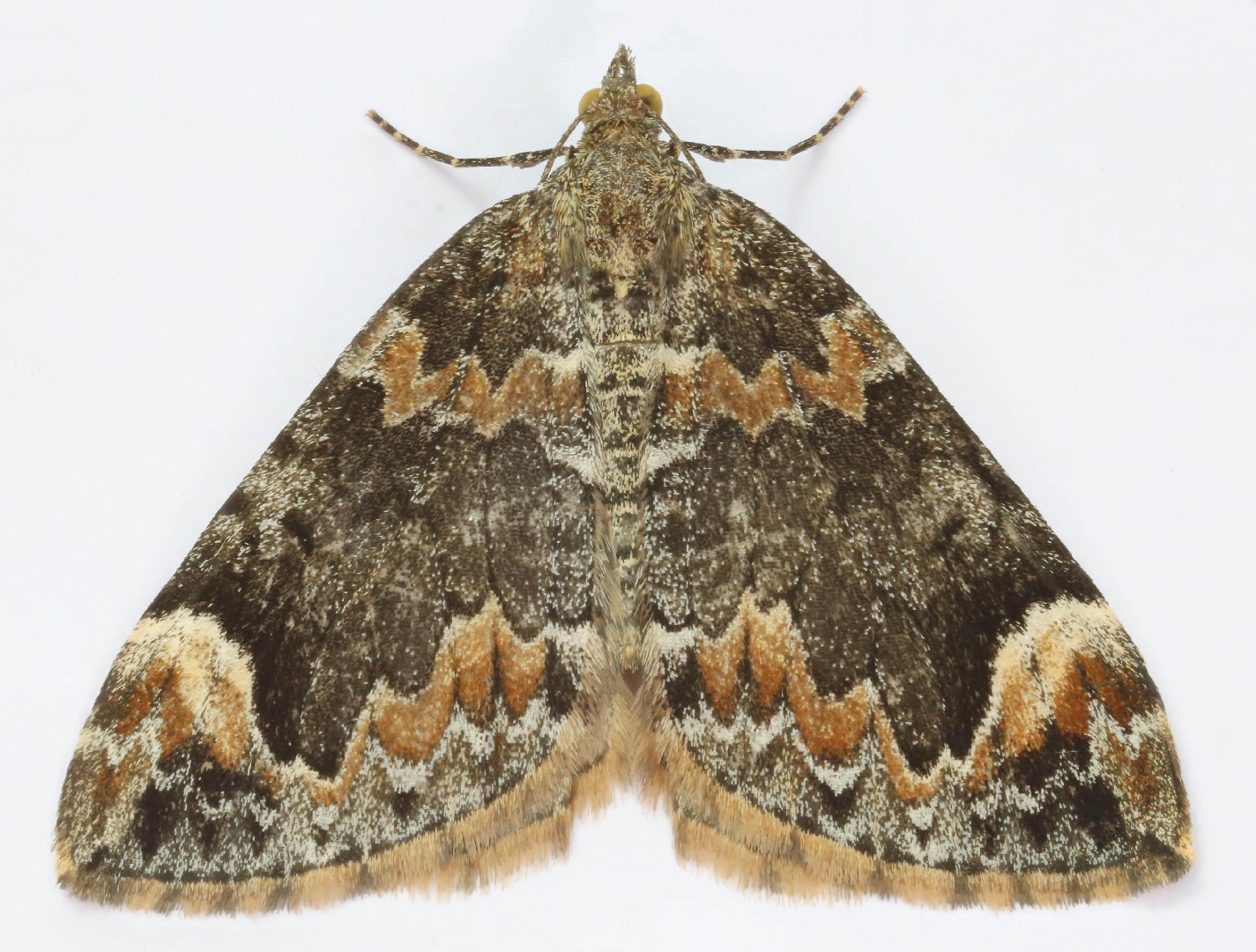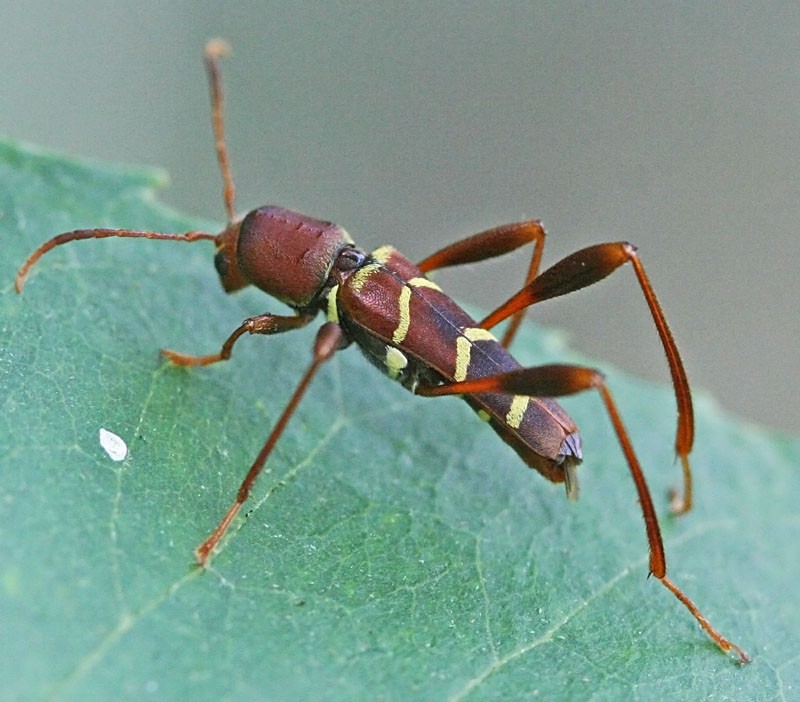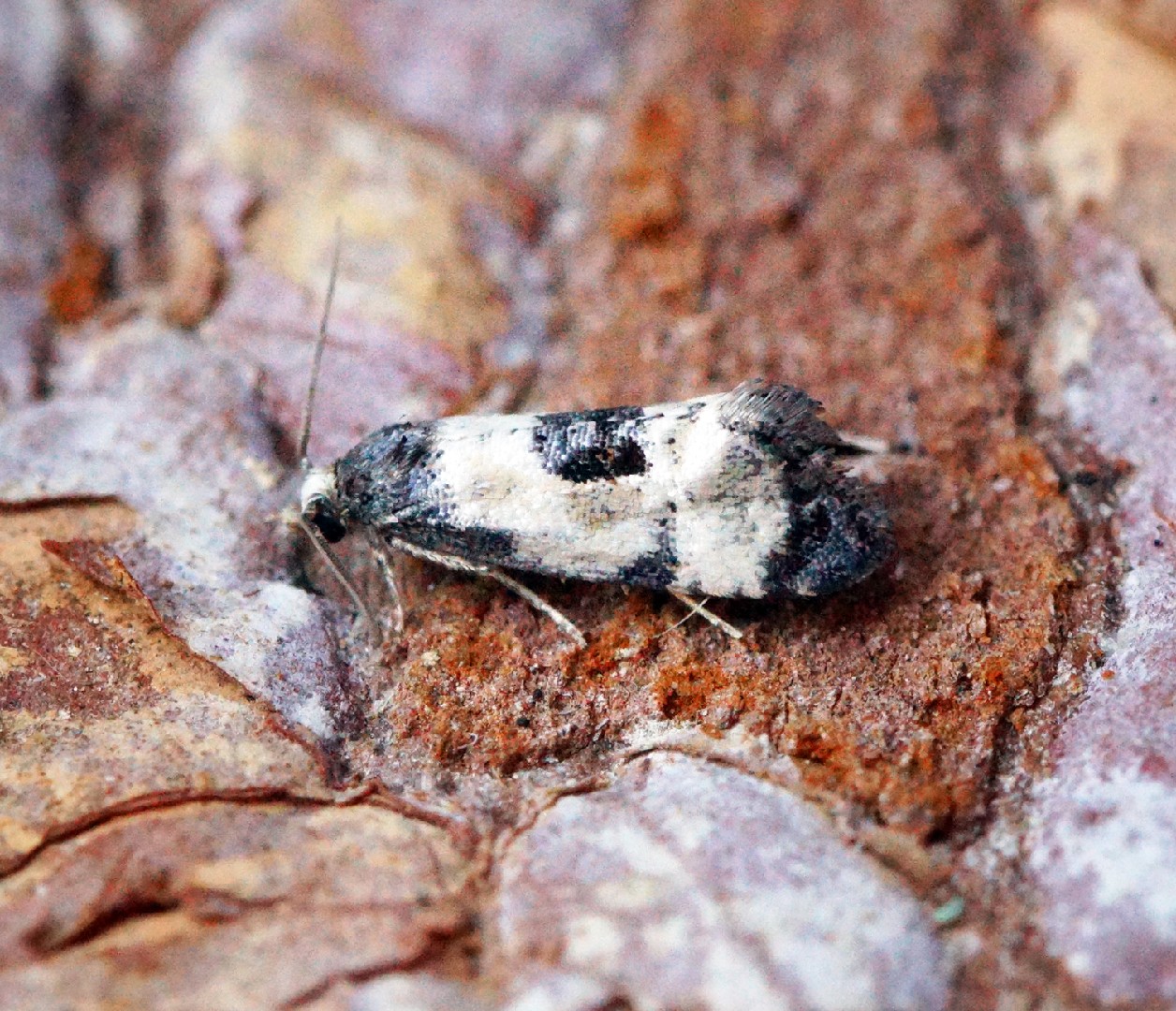Top 20 Most Common Insects in Iceland
Insects, marvels of Iceland's diverse landscapes, are intricately shaped by their geographical regions - from the frosty highlands to balmy coasts. This transformative interplay between habitat and insect life yields a kaleidoscopic array of 20 most common species, each bearing unique testament to the country's climatic and ecosystem variations. This significant relationship underscores the intertwined roles of pests and allies alike in Iceland's vibrant natural tapestry.
Most Common Insects
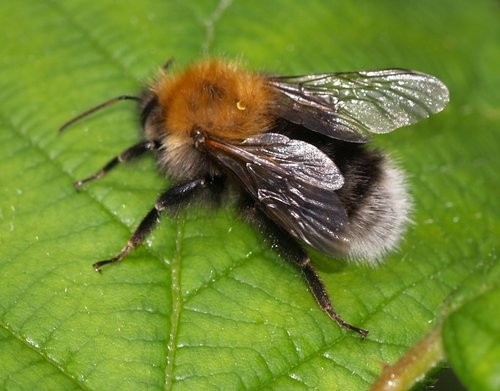
1. Tree bumble bee
The tree bumble bee (Bombus hypnorum) is otherwise known as the new garden bumblebee due to its ability to survive in uncommon environments. They like living near humans, often overtaking birdhouses for their own uses. When they aren't evicting birds from their houses they do work for the good of the colony.
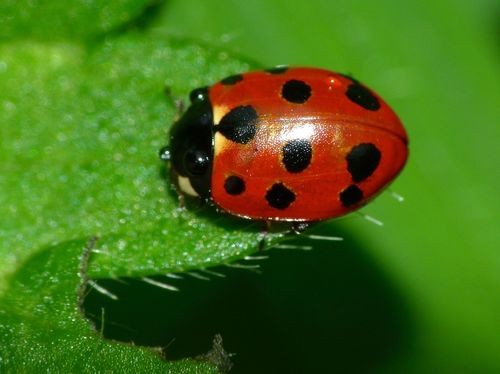
2. Eleven-spot ladybird
The Elfpunkt ladybird (Coccinella undecimpunctata) is a beetle from the family of ladybirds (Coccinellidae).
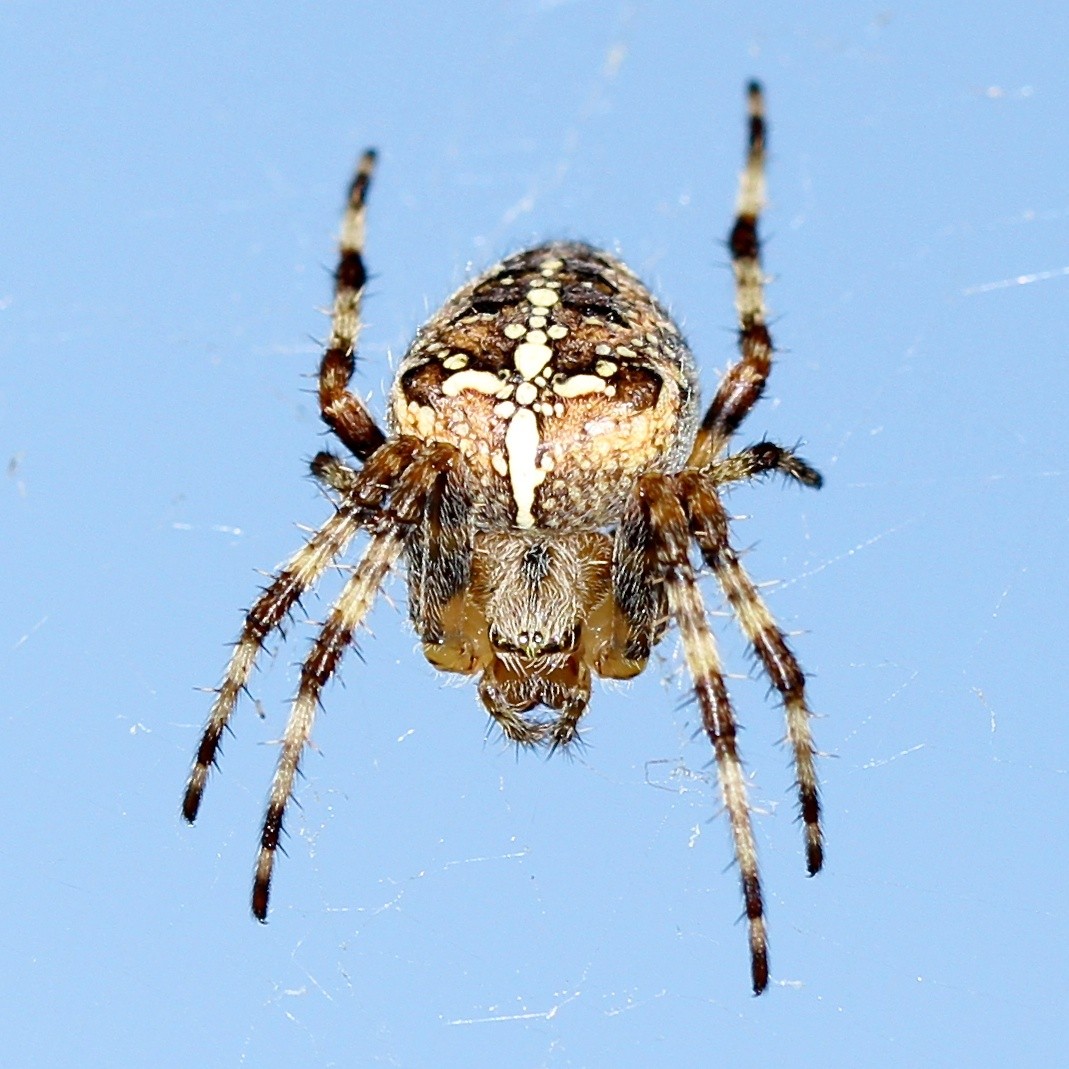
3. Crowned orbweaver
A common species of orb-weaver, crowned orbweaver (Araneus diadematus) builds large and noticeable webs. Only the females build webs, and they may prey upon their mates before, during or after engaging in sexual intercourse. Crowned orbweaver is reluctant to bite humans and will not do so unless scared or provoked. It avoids danger by vibrating in its web until it becomes a blur, confusing predators.
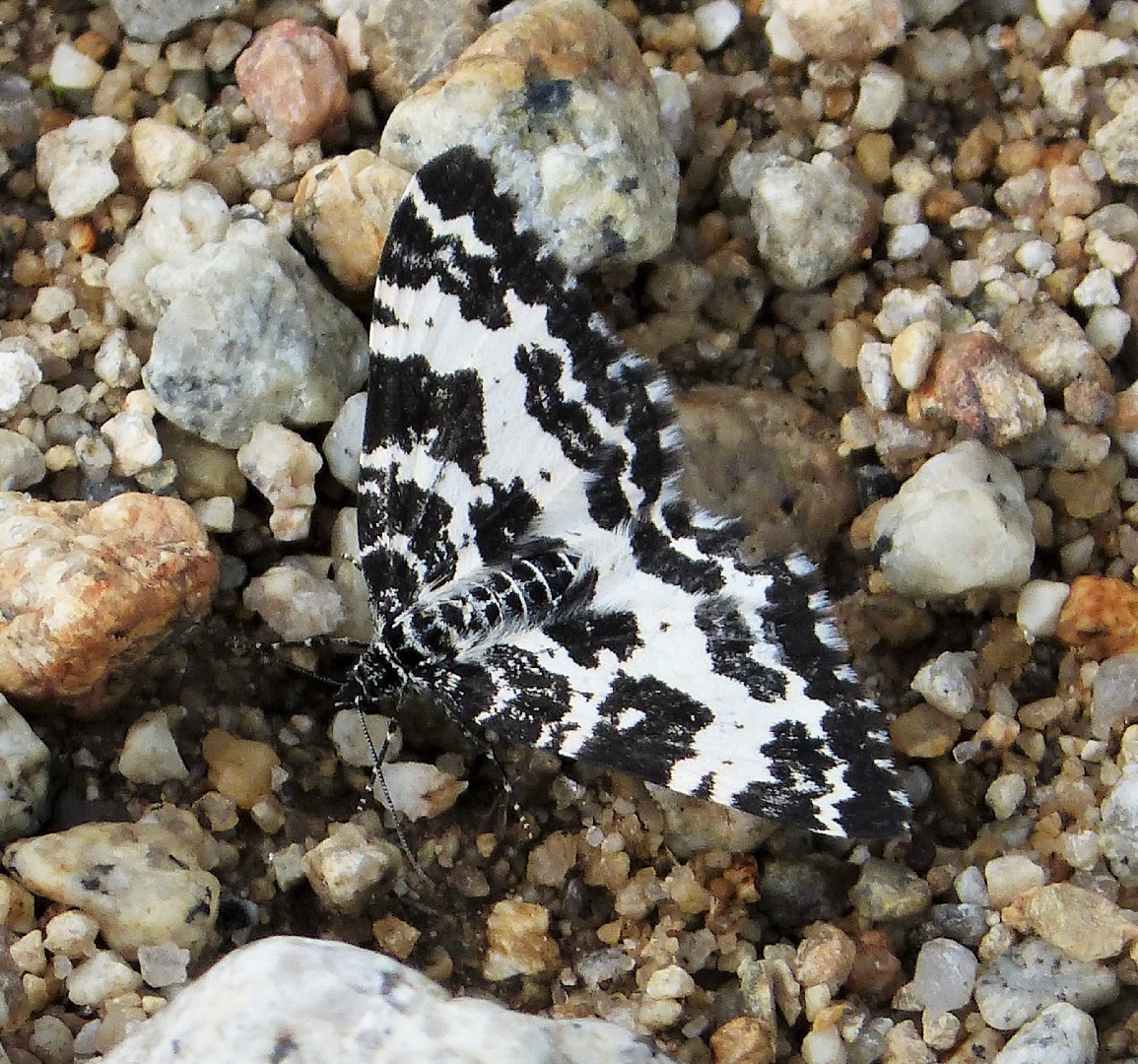
4. Argent and sable moth
The wings have a black ground color with variable white pattern elements. A wider inner cross and a narrow basal cross line are typical. The dark midfield is traversed by white patches, which may be continuous. The outer cross line forms a wide white band, which usually has a row of black dots. In the black area of the margin is a wavy line broken into white stains, which forms an arrow- or spearhead-shaped element (Rheumaptera hastata is Latin for spear shaped). The fringes are black and white patched. The pattern of the hindwing is similar to the forewing. In some forms the black tone is reduced on a few black stains. 
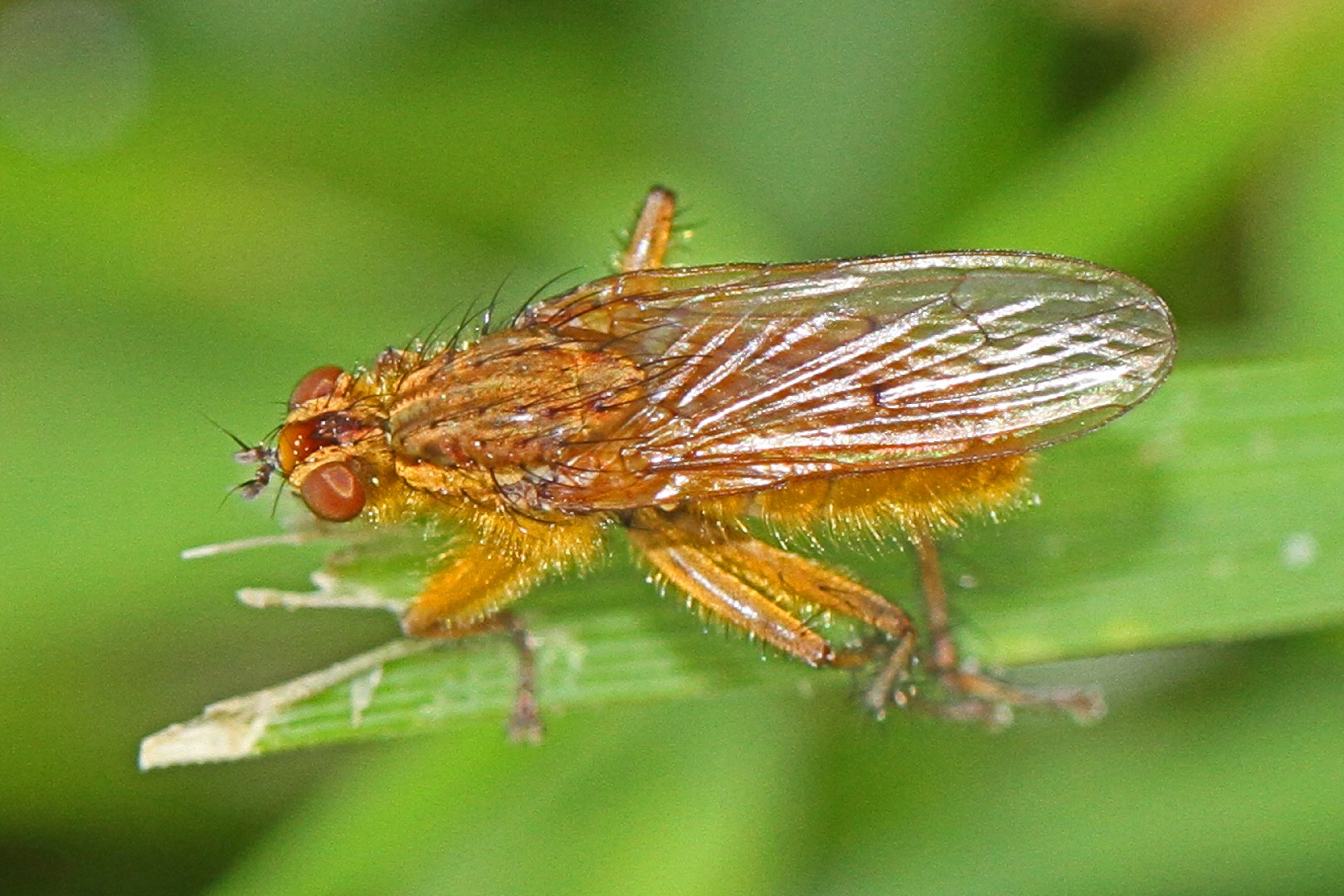
5. Golden dung fly
Among the most common flies in the northern hemisphere, golden dung fly (Scathophaga stercoraria) is, like its name suggests, commonly seen flocking to the abandoned feces of livestock animals, on which it breeds. The larvae consume the dung as they hatch, and adults rarely live longer than two months. This species plays a vital ecological role in accelerating the decomposition of dung in field environments.
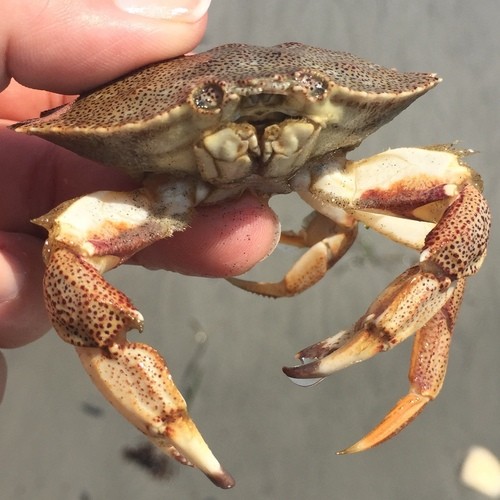
6. Atlantic rock crab
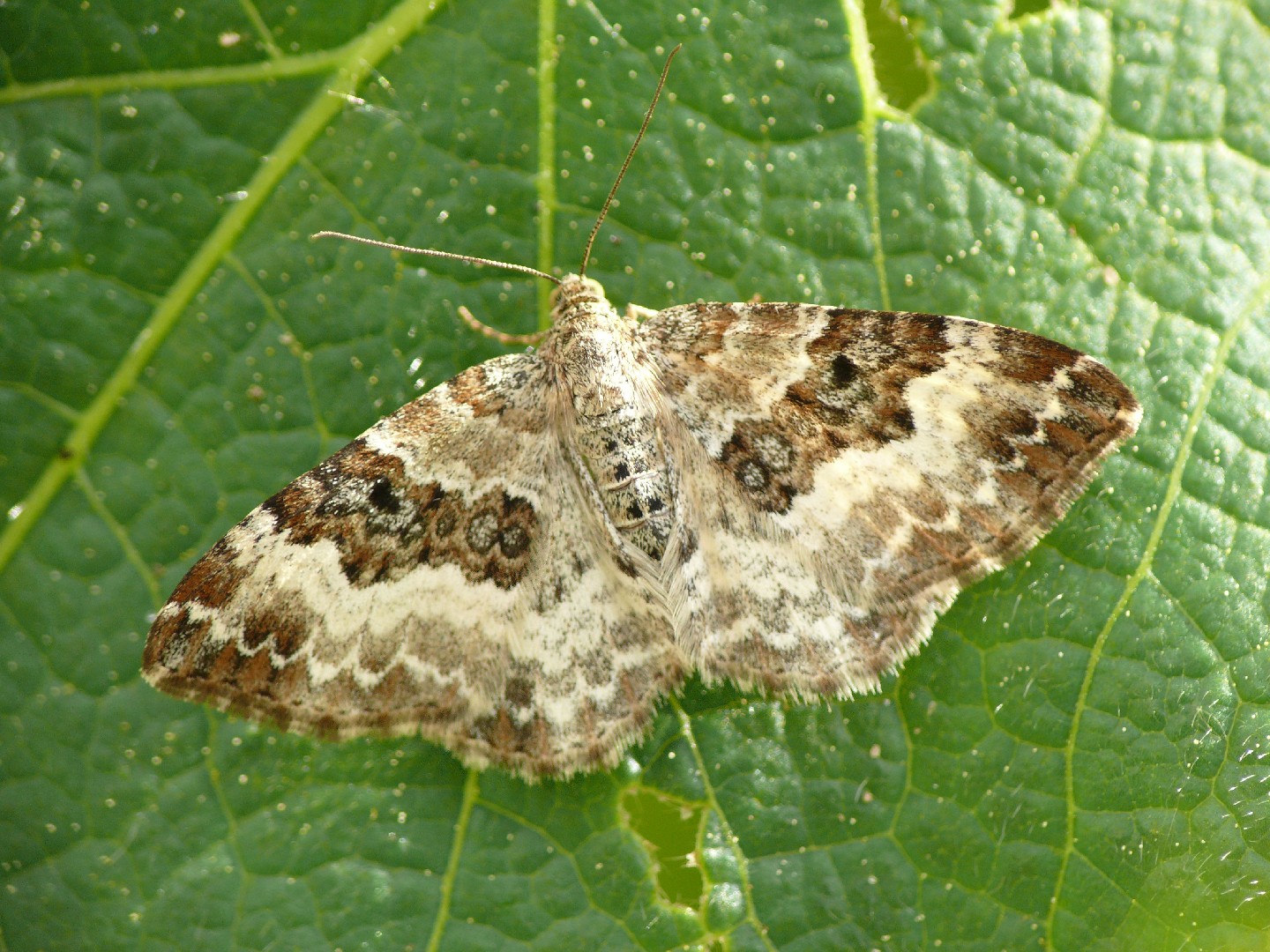
7. White-banded toothed carpet moth
White-banded toothed carpet moth (Epirrhoe alternata) is a species of moth with uniformly gray and brown coloring. Adults are generally seen from late spring to mid-autumn. It is strongly attracted to light and feeds on plants of the genus Galium, known more informally as "bedstraw."
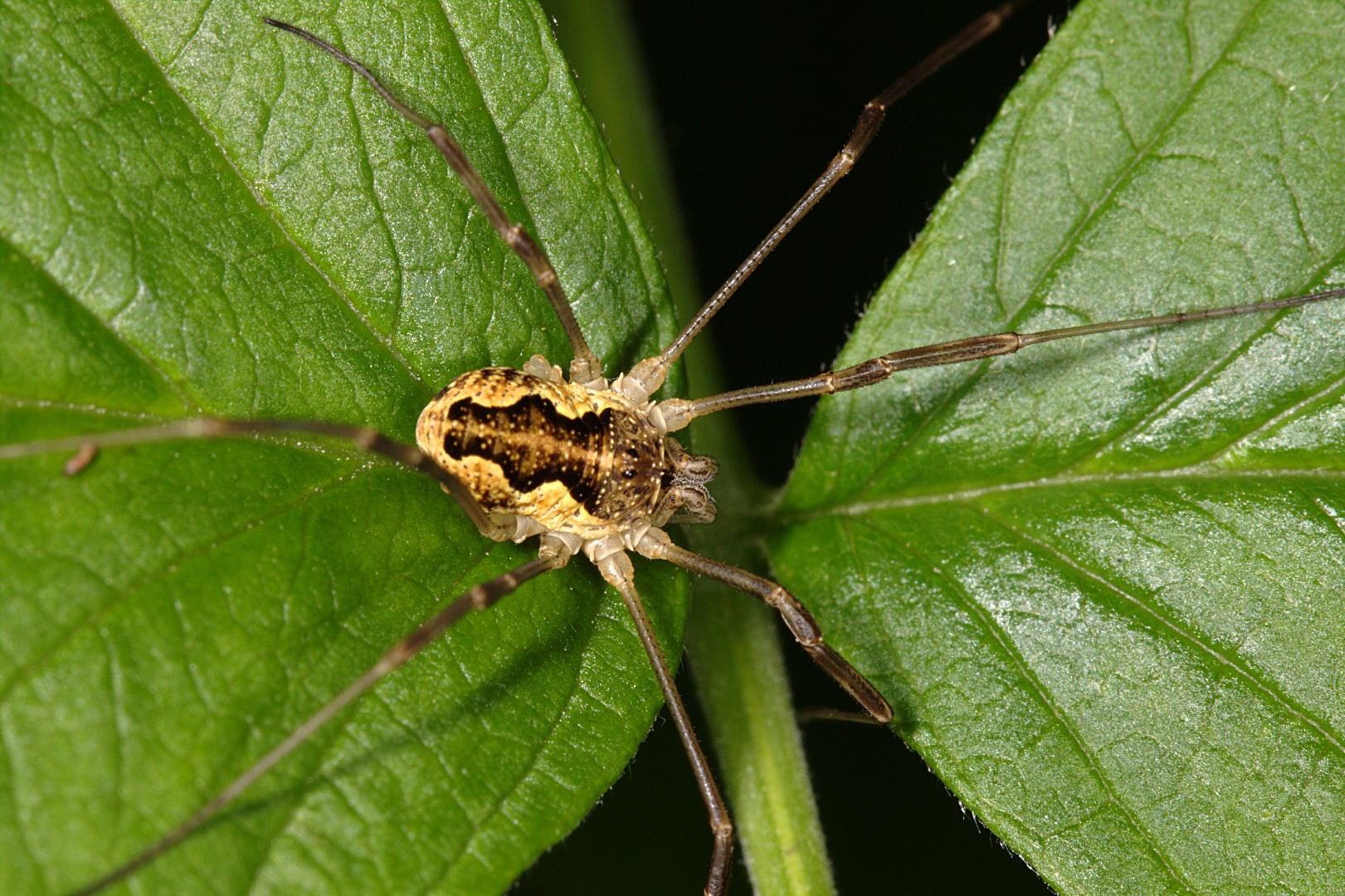
8. Saddleback harvestman
Mitopus morio can reach a body length of about 4 - 6 mm in males, of about 4 - 8 mm in females. However the body size is quite variable. The body is ovate, slightly narrower in the male. The head shows various timy bumps. The eyes are small and narrow, longer than wider, with a varying number of small spikes around the eyebrow. Also color is rather variable, but males are usually brown-colored, where as females are darker. A dark irregular saddle-like area is always present on the back, sometimes with narrow white edges and a longitudinal pinkish stripe in the centre. The legs varies from yellowish-brown to dark brown and are thin and long. The length of the longest of the second pair of legs is 3 - 4 cm. Males have sharp, forward-pointing tooth under first segment of chelicera. 
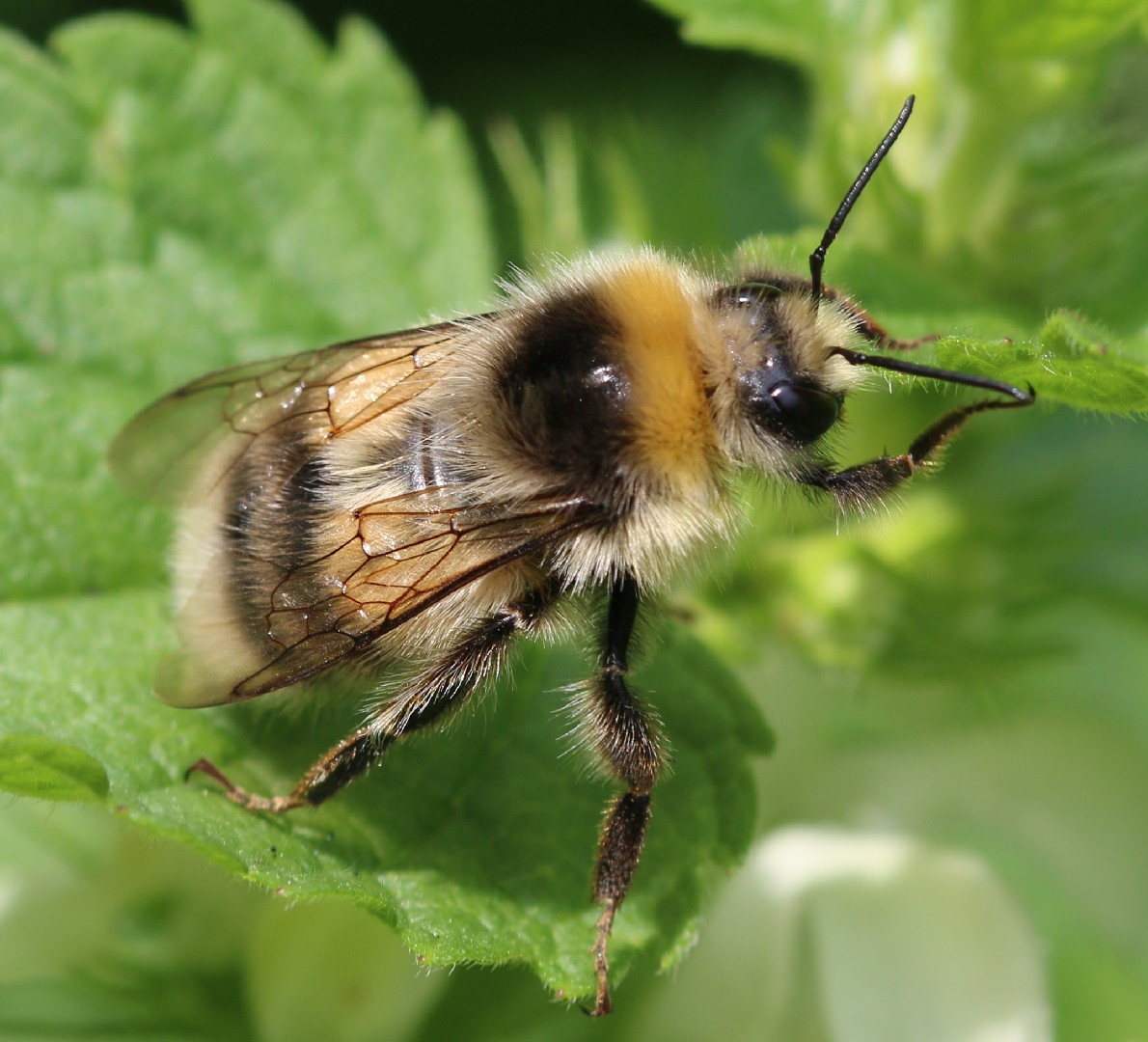
9. White-tailed bumble bee
The pale yellow bumblebee or bumblebee (Bombus lucorum) is a bumblebee living near the ground, which is widespread in Germany in open spots with few shadows. It has its ecological significance above all as a pollinating insect of many plants, many of which depend on the earth bumblebees as pollinators.
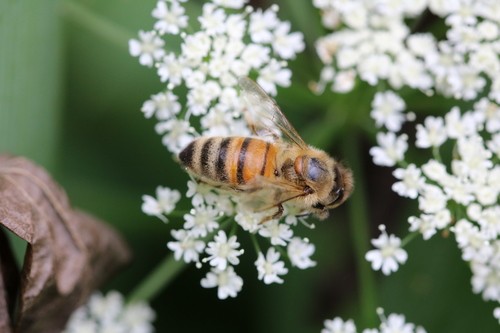
10. Western honey bee
Western honey bee(Apis mellifera) is the most common species of honeybee in the world. Among the first domesticated insects, its cultural and economic impact on humanity has been vast and far-reaching, providing honey, wax and its services as a pollinator. Western honey bee faces challenges worldwide, such as colony collapse disorder, and populations are thought to be decreasing.
More
